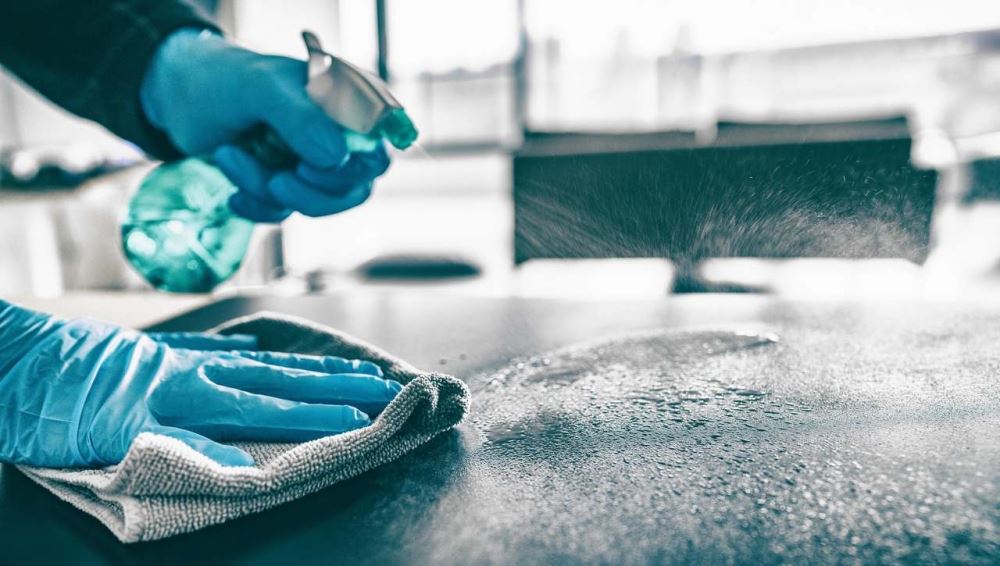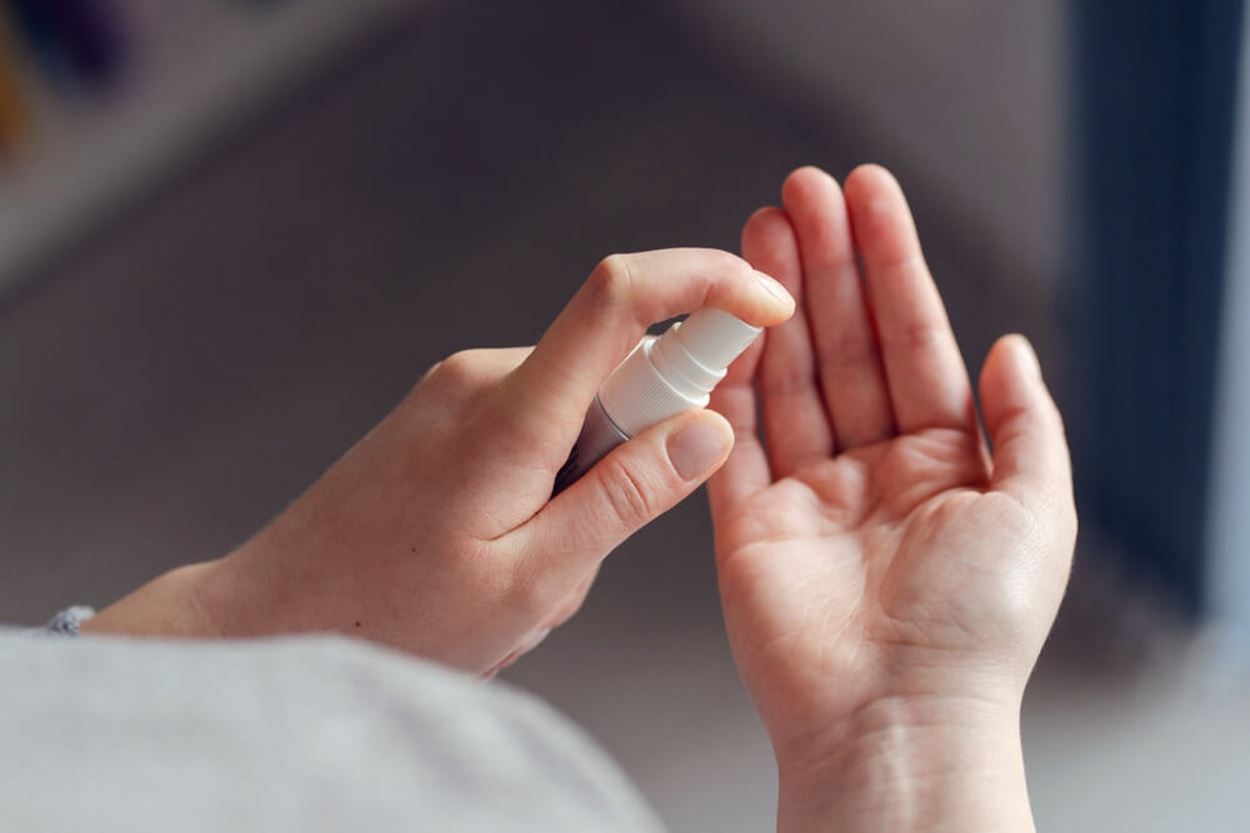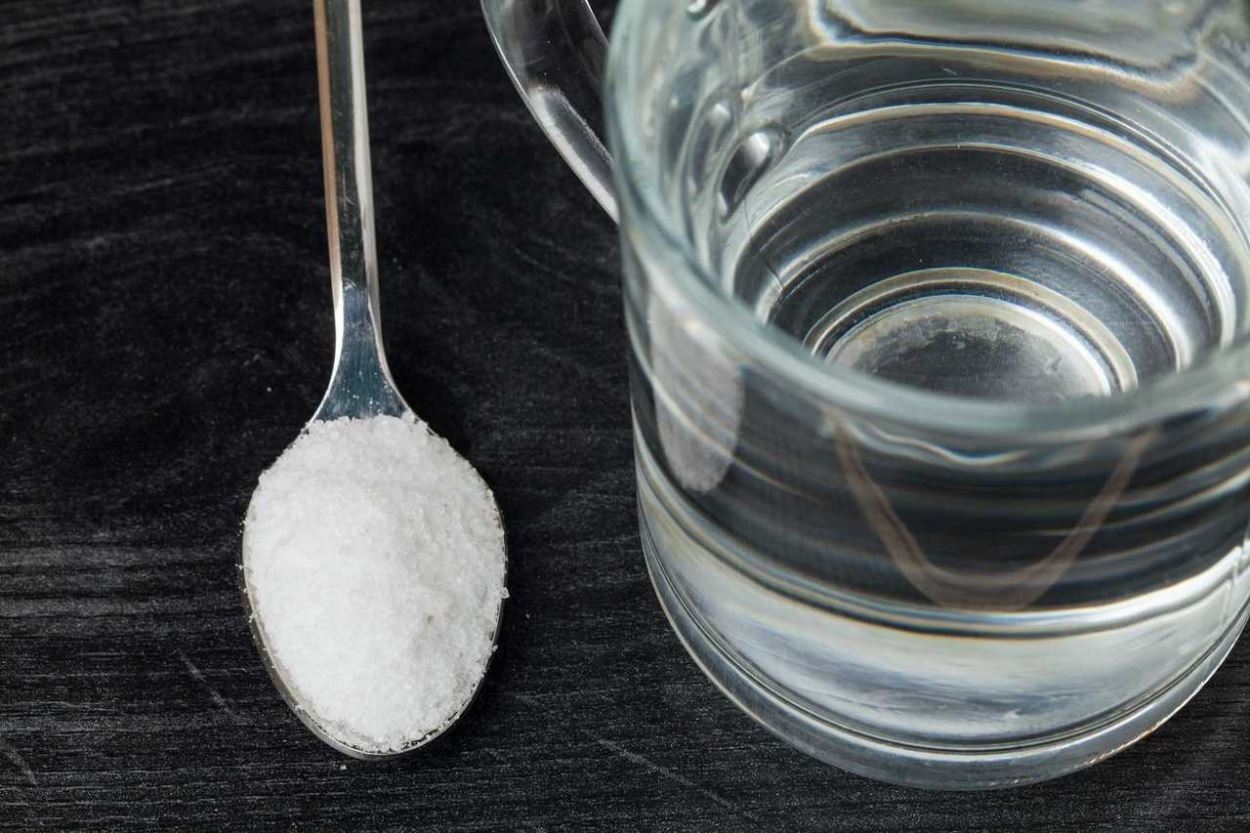Can You Use Salt as a Disinfectant?
2021-04-30(89536)
Since ancient times, salt has been used to fight infection. Many historical records going back to Hippocrates show that salt was used to clean and treat wounds. The Greeks, Romans, and Egyptians all used salt as a disinfectant to treat cuts, wounds, mouth sores, and skin irritations, and it is still used today.
Salt has a similar metaphorical meaning in some belief systems today. According to many old cultures and belief systems, including Christianity, salt purifies the soul and holds Satan, evil, dark spirits, or forces at bay.
In this article, we as Koyuncu Salt, the largest salt exporter of Turkey, will explain the effects of salt as a disinfectant as well as the use of various concentrations such as saltwater and seawater.
Is Salt a Disinfectant?
For millions of years, we are living with bacterias, viruses, fungi, and parasites. Until a few hundred years ago, even a small incision could have caused death.
Salt was a natural disinfectant that was readily available during periods when modern medicine and pharmacy had not evolved, as well as unhygienic conditions where medical means were inaccessible, such as war or migration.

Salt is still used for disinfection today, and it is preferred for cleaning infection-prone areas such as wounds, cuts, and burns, as well as food and objects. However, it should be noted, that salt is only a temporary measure, particularly when it comes to wound disinfection. Poor practices with salt can be even harmful.
Since it decreases the amount of water, sodium chloride is best used as a microbial inhibitor, which means it prevents bacteria from growing as a result of dehydration. Although salt does not destroy all bacteria, it can kill a lot of them due to its dehydrating effects on bacterial cells.
Some bacteria are halotolerant, meaning they can tolerate salt. Halotolerant bacteria can live, grow, and reproduce in salty concentrations. It shows that salt alone is insufficient for disinfection, but it is a safe choice for keeping things free from pathogens that are used or consumed daily, such as the house, clothing, or food.
Though salt's antibacterial features are sufficient for certain daily tasks, it shouldn't be used to treat an infection. Salt can irritate an open wound and cause discomfort. Because salt crystals are sharp and gritty, rubbing a cut or wound with salt may aggravate the pain.
It's safer to use salt water for disinfection, but if you think you have a bacterial infection, it's best to use salt as a preventive measure and immediately see a doctor for modern options.
What Is Osmosis?
Osmosis is the movement of water from a less dense environment to a much dense environment. During osmosis, the concentration with a high density creates a vacuum and sucks water from the concentration with a low density.
Water moves out of the bacteria by osmosis to regulate salt concentrations on both sides of its cell membrane. Bacterial proteins cannot survive without water, and the cell ultimately collapses in itself. This is how salt disinfects wounds.
Salt Water as a Disinfectant

Salt water, also known as saline, can be used as a natural disinfectant basically for everything.
Gargling salt water has many advantages, including directly killing bacteria by osmosis as mentioned above, and temporarily increasing the pH in your mouth. This results in an alkaline condition in which most oral bacteria are unable to survive.
Making a salt water mouthwash will help destroy bacteria that cause gum diseases and cavities on teeth, decrease cold symptoms, including the pain of sore throats.
When someone inhales saline, water travels through the sinuses, absorbs toxic moisture, cleans excess mucus, removes harmful bacteria, and reduces inflammation.
Salt water, especially electrolyzed water, can disinfect fruits, vegetables, and meats. You can use salt water to wash clothes, beds, seat upholstery, curtains, plates, forks, spoons and knives, toys, baby bottles, and pacifiers, or any surface you want to keep bacteria away from. Using salt water for disinfection is both safe and efficient.
On the other hand, swallowing salt water is dangerous. When you drink salt water, dehydration occurs in your body, just like in cells. Furthermore, consuming too much sodium chloride increases blood pressure.
Is It Safe to Use Seawater as a Disinfectant?

Oceans are made up of more than just water and salt. They can contain bacteria as well as other substances. Salt water can be used for disinfection as long as it is saline. Seawater is also salty, but not saline.
The main distinction between these two is that of hygiene: saline is clean, while seawater is not. In fact, people with open wounds on their bodies are advised not to swim into the sea due to the risk of infection.
How to Use Salt as a Disinfectant?
Salt water can be used for mouthwash. Simply mix one teaspoon of table salt with a glass of (250 ml / 8 oz.) water. Gargle for 30 seconds before spitting it. Warm water does not improve the efficacy of salt; it just helps the salt to dissolve faster.
Using salt water as a disinfectant is an excellent solution for disinfecting face masks, especially during the COVID-19 pandemic. To keep all textile products clean, not just masks, you can mix 1 liter of water with 1 tablespoon of common salt and spray the solution on your belongings.
Infections can spread quickly through open wounds and cuts. Salt water can protect the wound from bacteria until it is cleaned with modern disinfectants. For this, add a teaspoon of table salt to a glass of water (250 ml / 8 oz.) and rinse the wound with this solution.
Salt water can be used to make wet wipes. These natural disinfectant wipes can be used on sensitive skin and surfaces that should not be exposed to alcohol. For this, mix 2 teaspoons of salt with half a liter of water.
If you want to give the wipes a pleasant fragrance, you may also add essential oils to the water. Pour the mixture on a roll of paper towel and wait until all the water is absorbed.




